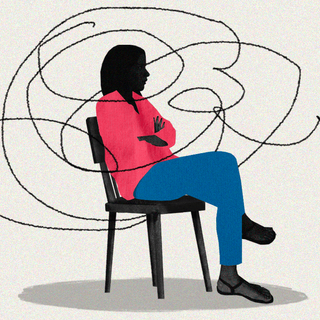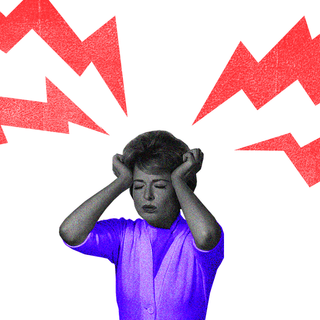Can good-old nostalgia be a painkiller? Perhaps, you can check for yourself: Experts believe people may experience a reduction in physical pain — think, a headache from staying up late or a backache from working long hours — if they engage in memories. Inducing nostalgia thus could involve anything fromgoing through childhood pictures to playing some music that brings back happy memories from the past.
A new study demonstrates exactly how this process happens.
Published in the Journal of Neuroscience last week, the fMRI-based study showed how the thalamus — a grey matter structure in the human brain that plays a role in pain modulation — also plays a part in the nostalgia-induced analgesic effect.
“The thalamus plays a key role as a central functional linkage in the analgesic effect,” Zhang Ming from the Institute of Psychology at the Chinese Academy of Sciences in Beijing, who is the first author of the study, said in a statement.
Nostalgia is the fuzzy, wistful feeling that walking down memory lanes can trigger. While nostalgia can seem bittersweet, experts believe it is “good for [us]” and has a positive impact on the human mind — in terms of boosting mood and improving our mental health. Reportedly, it can also offset loneliness and boredom while making people less anxious. Not only that, it can help us endure change too, and create hope for the future. “As a predominately positive emotion, nostalgia serves various adaptive functions, including a recently revealed analgesic effect,” the authors wrote in the new study.
The participants were exposed to thermal stimuli, and through brain imaging, the researchers compared the degree of pain they perceived to the nostalgia level of the images they were simultaneously looking at. “[Nostalgia] significantly reduced participants’ perception of pain, particularly at low pain intensities. fMRI analysis revealed that analgesia was related to decreased brain activity in pain-related brain regions,” they concluded.
Related on The Swaddle:
Music From Happier Times Is Dominating Playlists Under Lockdown
“[A] memory of an event or situation from the past that evokes pleasant feelings in the present, can readily enable a patient to place intense focus on the somato-sensory and emotional thoughts and feelings for a period of time… The more vividly a person can evoke those sensations, thoughts, and feelings, the more effectively they will begin to compete with unpleasant pain, fear, anxiety, and suffering associated with the present situation,” says Kenneth Gorfinkle, a clinical psychologist from the U.S., who was not involved in the study.
But Gorfinkle wasn’t too impressed with the present study — seemingly due to its sample size of just 34 participants, all between the ages of 18 to 25. “The research raises far more questions than it answers and needs to be replicated with much larger samples in multiple labs before beginning to draw any firm conclusions on either specificity of nostalgia, or on the function of the brain structures under observation,” he warned.
Further research is, however, warranted to understand the impact of nostalgia-induction across the spectrum of pain — from chronic to acute, and severe to mild.
What the authors do believe is that the findings hold promise for the development of non-drug-based pain-relief methods. This is especially for mild, low-level pain that isn’t deemed “serious” enough to medicate, but causes discomfort to people dealing with it, nonetheless.
“These findings offer implications and perspectives for the further development and improvement of non-drug, psychological analgesia,” the researchers noted.




